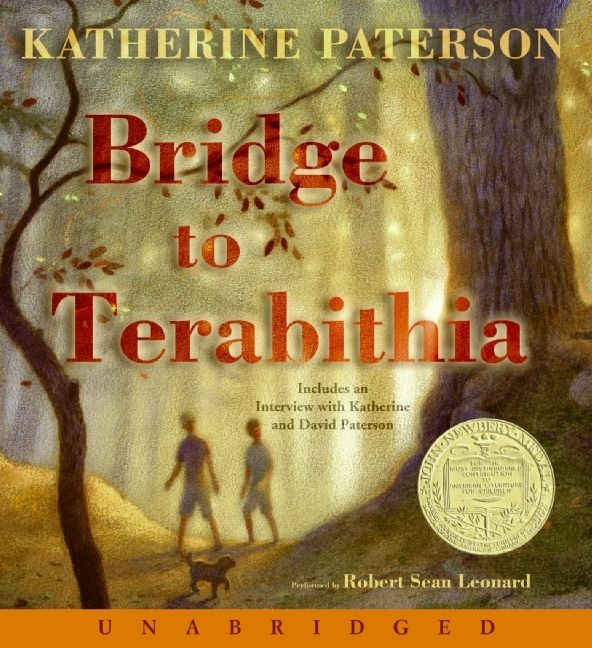
Here are four writing lessons I took away from the bestselling children’s novel, Bridge to Terabithia:
Give your characters an immediate motivation.
We know what the main character wants on page 1. This is a perfect example of Kurt Vonnegut’s advice to give characters an immediate motivation no matter how insignificant it is.
Jesse wants to be the fastest kid in the fifth grade. More importantly, he wants to fit in. He wants the other kids in the school to like him.
The inciting incident comes when that desire is shattered. There is a great tie-in to the end of the story, of course, when Jesse gets what he wants but not in the way he wants it.
Foreshadowing
There is a lot of foreshadowing in the book with hints about the sad ending to the story. I wonder if this helps add meaning to the kids scarred by reading this book?
For example, Leslie reads her paper about her love of scuba diving in front of the class. Also, the conversation between Leslie and Jesse’s family about church and death is an immediate hint to what is coming in the chapter that follows.
Foreshadowing is a great way to give the reader an experience of meaning to the memory of the story. It makes little anecdotes and side stories at the beginning of the book more meaningful and worth re-reading.
Write stories based on real, emotional experiences.
Katherine Paterson was inspired by her son’s real-life experience of losing his best friend to an unexpected death. She didn’t write his exact story, but the emotional experience of the event was real and transferred into her writing. The book was written for him and he honorably asked that the dedication be made out to her as well.
This may be the biggest reason why readers experience this story as their story. That is what this book does so well. People reading it see themselves in it. Allow your readers to make your story (or song or painting) their story. Allow them to relate to the characters so much that it brings back memories of their own childhood.
Write about faith with curious characters.
I loved the way Paterson wrote about faith in the book. She is the daughter of Christian missionaries. She is married to a Christian minister. She used to teach Sunday school in church. Yet, she presents the Christian faith exactly as the characters would have experienced it.
The scene of Jesse’s family bringing Leslie to church on Easter Sunday and the conversations that they have afterwards is just brilliant. You can’t walk away thinking you’ve been indoctrinated. Instead, you keep reading and thinking about what was said.
I love the way Leslie, who knows almost nothing about Christianity, makes the connection between Christ’s story and Aslan’s story. She didn’t know that the connection was intentional. She just loved reading C. S. Lewis’s work. It even inspired them to create the land of Terabithia.
This is probably the biggest lesson in writing that I took from the book since I can’t help but write about faith in my writing. Fiction appeals to the imagination and the true experience of the characters. It is not effective at direct teaching of concepts.
Originally posted on Instagram:


